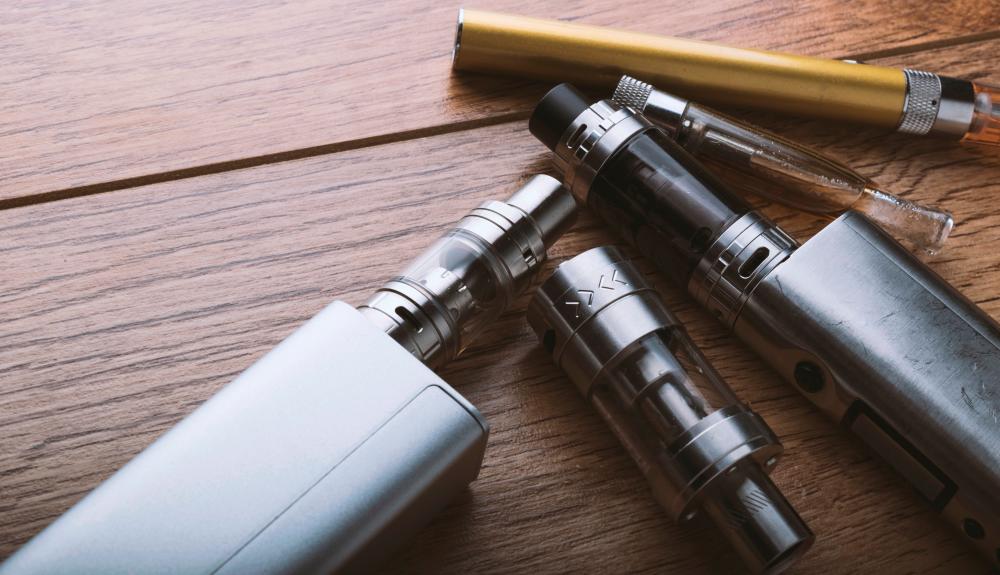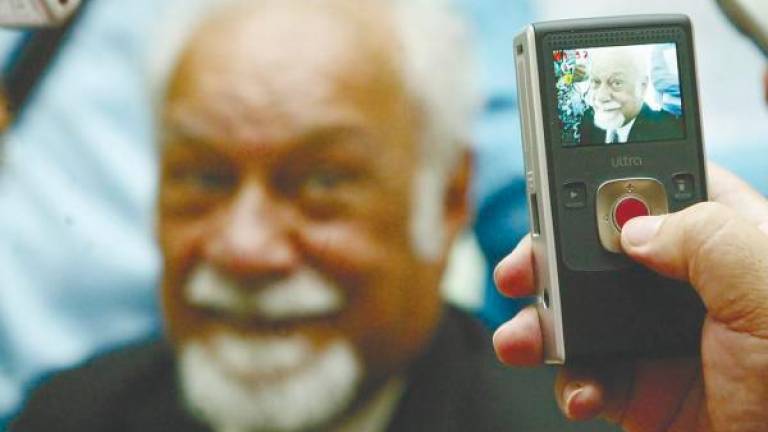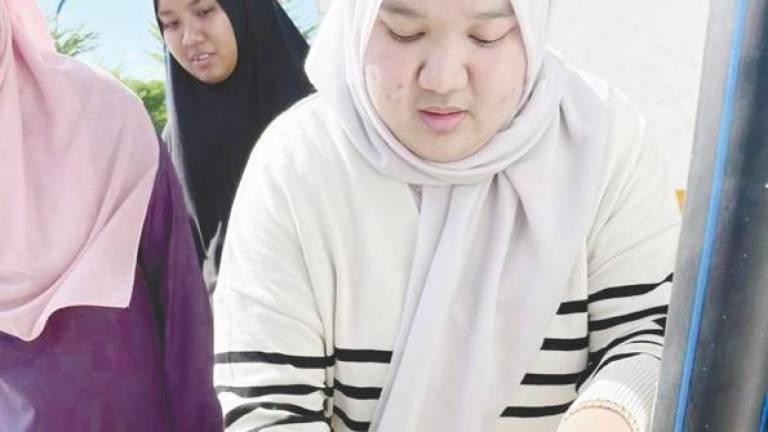A UK-BASED advocate for tobacco harm reduction (THR) has encouraged the local medical community to consider supporting risk-proportionate strategies to regulate harm reduced products such as vape in Malaysia.
Speaking at Malaysia’s first THR conference, Clive Bates, who is also the former Director of Action on Smoking and Health (UK), said that smoking remains a problem, killing around eight million people a year. This is more than obesity, alcohol, road accidents, drug use and HIV combined.
He adds that the number of deaths from smoking related illnesses is similar to Covid-19 deaths but occurs every year.
“It is a worldwide problem, but particularly prevalent in Asia. According to the 2018 Tobacco Atlas, there are 4.5 million smokers in Malaysia, of which nearly 40% are males. This indicates that one in two males will ultimately die of a smoking related disease. That is an incredibly large health burden, and it is nearly all preventable. This is a real-life problem and a chronic emergency.”
Bates said that THR strategies and products such as vape and snus has the potential to reduce smoking prevalence in Malaysia and around the world.
Quoting Professor Michael Russel, a pioneer in the study of tobacco dependence, who said “people smoke for the nicotine, but die from the tar,” Bates added that four less harmful products have emerged in the last decade to respond to this issue – vaping products, heated tobacco products, oral nicotine products and smokeless tobacco.
Collectively also known as alternative nicotine delivery systems (ANDS), the United States Annual Review of Public Health has said that “ANDS have the potential to disrupt the 120-year dominance of the cigarette and challenge the field on how the tobacco pandemic could be reversed if nicotine is decoupled from lethal inhaled smoke.”
In his presentation, Bates cites the Royal College of Physicians which reveals that available data suggests that the risks associated with vape are unlikely to exceed 5% of those associated with smoked tobacco problem. In its review, Public Health England has also stated that vaping is at least 95% less harmful than smoking.
He adds: “These insights have been powering the policy approach to vaping in the UK. It is not zero risk, but it is 95% less harmful. It is not just a matter of producing products that are perfectly safe, but no one wants to use. It also matters whether people want to use these products. This has been the basis for THR strategy in the UK.”
In elaborating on how THR products can be regulated, Bates says that “if regulation makes vape less accessible or acceptable, more expensive, less consumer friendly, pharmacologically less effective and inhibits innovations, then the regulations can cause harm by perpetuating smoking.”
Instead, Bates recommends a risk-proportionate approach, which means that regulators impose restrictions in proportion to the risk to health posed by the product.
“For example, this means high tax on high-risk products, low or zero tax for low-risk products. Prohibit advertising of high-risk products but allow controlled advertising for low-risk products, so it doesn’t appeal to youth or non-smokers. Ban online sale of high-risk products but allow it for low-risk products with age controls.”
In concluding his presentation, Bates said that the primary public health goal is to always focus on smoking and displacement of smoking.
“If you look at the reason why people want to give up smoking, it is usually to do with harm they are already experiencing, harm they expect to experience, what the doctor tells them or harm to people around them. Therefore, if you make a product much less harmful, you reduce the reasons not to use it.”
Organised by The Federation of Private Medical Practitioners Associations Malaysia (FPMPAM), this THR conference which was attended by over 150 members of the medical community, facilitated the exchange of ideas, knowledge, research findings and recommendations for the adoption of THR in Malaysia.













